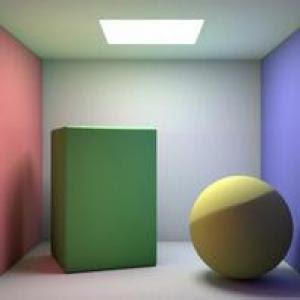A few weeks ago, a colleague of mine has presented our latest results in urban modelling and navigation in the IEEE VR 2008 Workshop, held in Silver Baron Ballroom D, Reno, Nevada, 8th to 9th March 2008. The title of the paper is “Towards Rapid Generation and Visualisation of Large 3D Urban Landscapes for Mobile Device Navigation”. The paper presented a procedural 3D modelling solution for mobile devices is presented based on scripting algorithms allowing for both the automatic and also semi-automatic creation of photorealistic quality virtual urban content.

The combination of aerial images, GIS data, 2D ground maps and terrestrial photographs as input data coupled with a user-friendly customized interface permits the automatic and interactive generation of large-scale, accurate, geo-referenced and fully-textured 3D virtual city content, content that can be specially optimized for use with mobile devices but also with navigational tasks in mind. A user-centred mobile virtual reality (VR) visualisation and interaction tool operating on PDAs for pedestrian navigation is also discussed. Via this engine, the import and display of various navigational file formats (2D and 3D) is supported, including a comprehensive front-end user-friendly graphical user interface providing immersive virtual 3D navigation.
A draft version of the paper can be downloaded from here.
A draft version of the paper can be downloaded from here.






